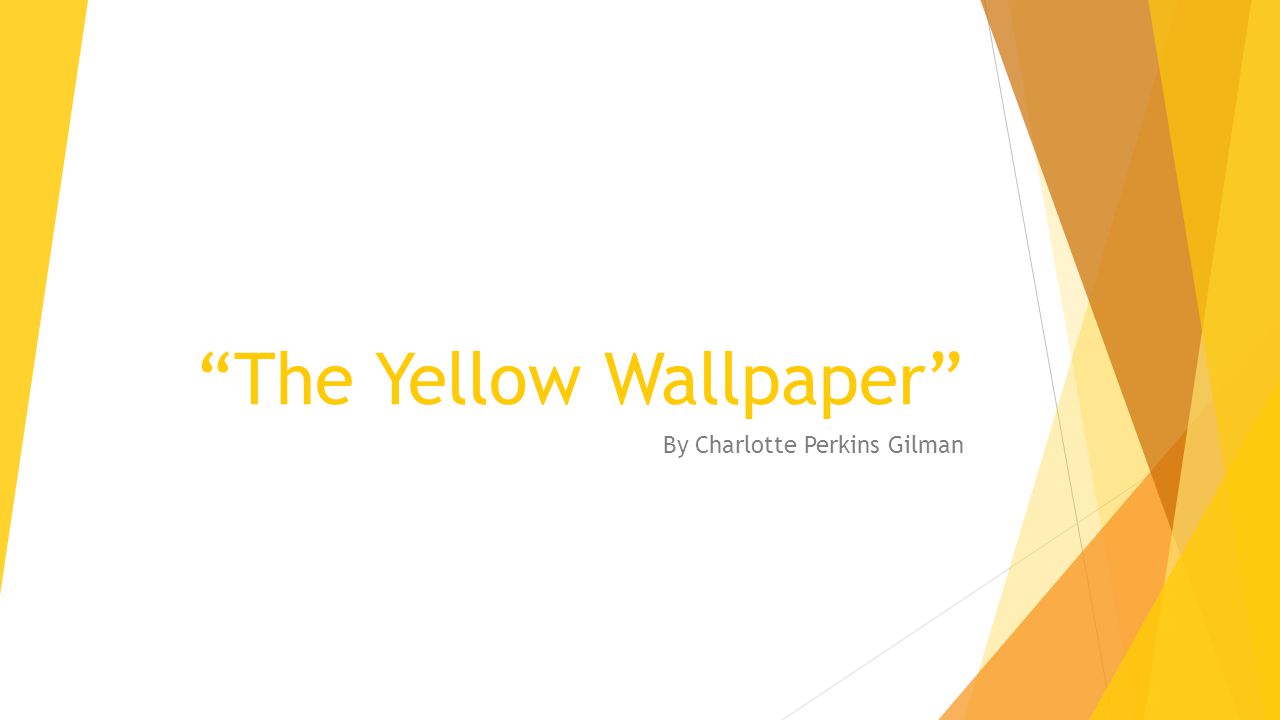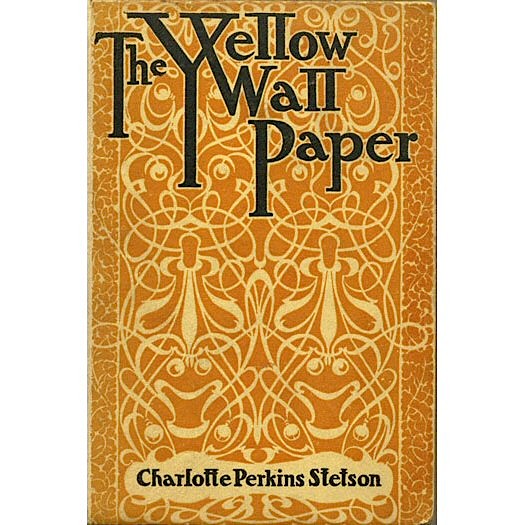

Thus, my room’s privacy became my boundless universe. Mom warned me against meddling in their fights so I would not get hurt. As an eleven-year old girl with two older teenage brothers, I felt detached, unconcerned yet exasperated at their battles. The condemnations directed at me were painful as the condemners had been the reason why I chose solitude in the first place. I became a joke because I preferred solitude to socializing.

Her rebellious writing mirrors my eleven-year-old solitary poetry writing. I find their inability to prevent her from writing thrilling, because mental creativity, in opposition to the body, is far beyond captivation. It impresses me that despite her compliance with men’s instructions at surface, she secretly rebels through writing. With excitement and change, would do me good”. Personally, I believe that congenial work. She thus reports of her brother and John : “Personally, I disagree with their ideas.

He orders her to stay in her room and not write. Taken together, the criticism, text, documents, and annotations constitute a rich and valuable contribution to Gilman scholarship, calling into question the feminist literary criticism that has helped to shape interpretations of a literary masterpiece.The protagonist, also the narrator, has been ‘kept’ in a room by her husband, John, who thinks she has “nervous depression”.

Howells's correspondence with Gilman and Horace Scudder, editor of The Atlantic Monthly, and his remarks on the story when he reprinted it in Great American Short Stories, and more than two dozen reviews of the story by Gilman's contemporaries. Other documents in the casebook that illuminate the story's publication and reception histories include Gilman's successive and varying accounts of the story's history, her diary and manuscript log entries and letters pertaining to the story, W.
THE YELLOW WALLPAPER ANNOTATIONS FULL
Included are a textual commentary, full descriptions of all relevant texts, lists of editorial emendations and pre-copy-text substantive variants, a complete historical collation that documents all the variants found in important editions after 1892, and a listing of textual sources for more than one hundred reprintings of the story in anthologies and textbooks. The documents made available in the collection enable scholars and students to evaluate firsthand Gilman's claims regarding the story's impact on its first audiences.ĭock presents an authoritative text of "The Yellow Wall-paper" for the first time since its initial publication. The editor discusses how modern feminist critics' readings (and misreadings) of the available documents uphold a set of legends that originated with Gilman herself and that promulgate an almost saintly view of the pioneering feminist author. In this first critical edition of Gilman's "The Yellow Wall-paper," accompanied by contemporary reviews and previously unpublished letters, Julie Bates Dock examines the various myth-frames that have been used to legitimize Gilman's story. Never before, however, has the story itself been portrayed as victimized. Since its publication in 1892, Charlotte Perkins Gilman's "The Yellow Wall-paper" has always been recognized as a powerful statement about the victimization of a woman whose neurasthenic condition is completely misdiagnosed, mistreated, and misunderstood, leaving her to face insanity alone, as a prisoner in her own bedroom.


 0 kommentar(er)
0 kommentar(er)
